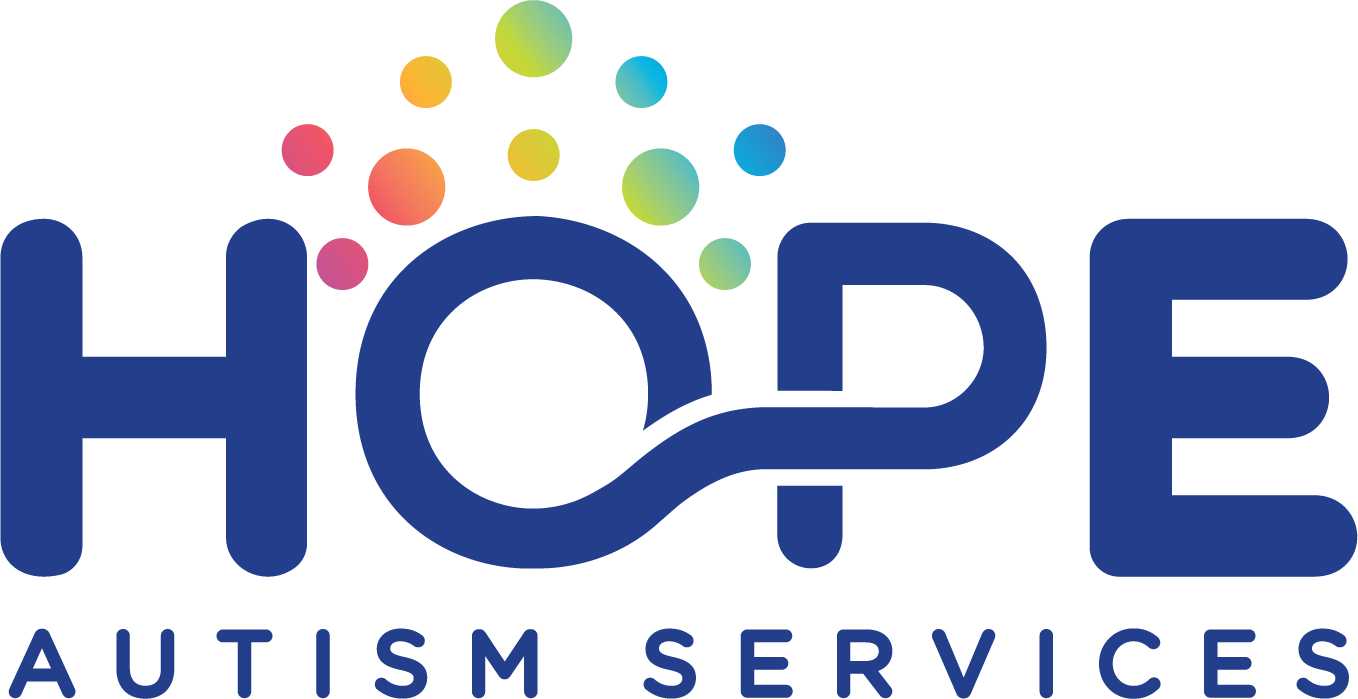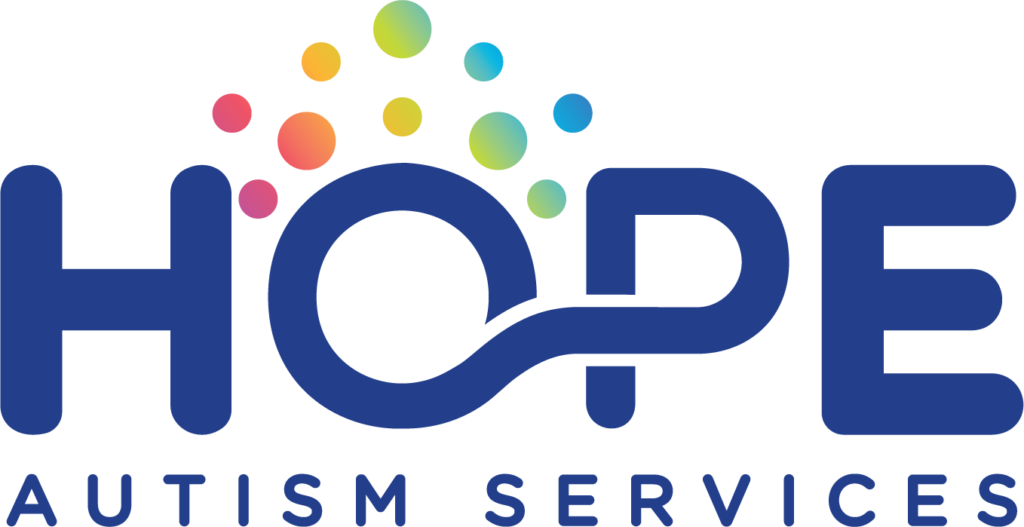Autism is a neurodevelopmental disorder that affects communication, social interaction, and behavior. It is typically diagnosed in early childhood and is a lifelong condition. Autism is a spectrum disorder, which means that the severity and symptoms of the disorder can vary widely from person to person.
The exact causes of autism are not yet fully understood, but research suggests that a combination of genetic and environmental factors may contribute to the development of the disorder. Some of the key risk factors for autism include advanced parental age, premature birth, and exposure to certain toxins during pregnancy.
The hallmark symptoms of autism include difficulty with social interaction and communication, repetitive behaviors or routines, and sensory sensitivities. Children with autism may struggle to understand social cues, make eye contact, or engage in reciprocal conversations. They may also have difficulty with nonverbal communication, such
as understanding body language or facial expressions.
In addition to social and communication challenges, children with autism may exhibit repetitive or stereotyped behaviors, such as hand-flapping, spinning, or rocking. They may also have narrow, intense interests or preoccupations, and may struggle with transitions or changes in routine. Sensory sensitivities, such as aversion to certain textures, sounds, or smells, are also common in individuals with autism.
Diagnosis of autism typically involves a comprehensive evaluation by a team of healthcare providers, including a pediatrician, psychologist, and speech-language pathologist. There are no medical tests or imaging studies that can diagnose autism, but early identification and intervention can lead to better outcomes for children with the disorder.
Treatment for autism typically involves a combination of therapies and interventions tailored to the unique needs of each individual child. Applied Behavior Analysis (ABA) is a widely used therapy that focuses on positive reinforcement to encourage desired behaviors and reduce challenging behaviors. Speech therapy can help children
with autism improve communication skills and develop functional language. Occupational therapy can help children with sensory sensitivities or motor delays improve their daily functioning and independence.
In addition to these therapies, there are many other approaches and interventions that may be helpful for children with autism, including social skills groups, play therapy, and sensory integration therapy. Many families and caregivers also find that dietary interventions or alternative therapies, such as music therapy or equine therapy, can be beneficial for their child with autism.
While there is no cure for autism, early intervention and access to appropriate therapies can help children with the disorder achieve their full potential and lead happy, fulfilling lives. It is important for families and caregivers to work closely with healthcare providers and therapists to develop a comprehensive plan that addresses all aspects of the child’s development and wellbeing.
For more information about autism, including diagnosis, treatment, and support resources, please visit the website of Autism Speaks, a leading autism advocacy organization: https://www.autismspeaks.org/what-autism.
In Ontario, diagnosis of autism typically involves a comprehensive assessment by a team of healthcare professionals, including a pediatrician, psychologist, and speech-language pathologist. The assessment process may also involve input from other specialists, such as occupational therapists or social workers.
The assessment process typically begins with a referral to a pediatrician or family physician, who will conduct a preliminary evaluation and refer the child for further assessment if autism is suspected. The diagnostic process may involve several appointments over a period of weeks or months, depending on the individual needs of the child.
During the assessment process, the healthcare professionals will typically gather information from a variety of sources, including the child’s parents or caregivers, observations of the child’s behavior and communication skills, and any relevant medical or developmental history. They may also administer standardized diagnostic tools, such as the Autism Diagnostic Observation Schedule (ADOS), to help make a diagnosis.
In Ontario, there are several resources available to support the diagnostic process. The Ontario Autism Program (OAP) provides funding for diagnostic assessments for children under the age of six who are suspected of having autism. The OAP also provides funding for assessments for children and youth up to the age of 18 who have not yet received a formal diagnosis of autism.
Once a diagnosis of autism has been made, families in Ontario may be eligible for a range of support services and interventions. The OAP provides funding for a range of evidence-based interventions, including Applied Behavior Analysis (ABA), speech and language therapy, and occupational therapy. Families may also be eligible for funding for respite care, caregiver training, and other supports.
In addition to the OAP, there are many community organizations and resources available to support families of children with autism in Ontario. Autism Ontario is a non-profit organization that provides information, resources, and support for individuals with autism and their families. They offer a range of services, including workshops, support groups, and advocacy.
Another resource for families of children with autism in Ontario is the Ontario Ministry of Children, Community and Social Services. The ministry provides information and resources for families of children with autism, including information about accessing services and funding.
It is important to note that accessing diagnosis and support services for autism in Ontario can be a complex process, and families may face long wait times and other challenges. However, with persistence and advocacy, families can access the support they need to help their child with autism thrive.
For more information about accessing diagnosis and support services for autism in Ontario, please visit the website of the Ontario Autism Program: https://www.ontario.ca/page/ontario-autism-program.
Early detection and intervention can greatly improve outcomes for children with autism. It is important for parents and caregivers to be aware of the early signs of autism, so that they can seek help as soon as possible. Here are some of the common early signs of autism:
1. Lack of eye contact: Children with autism may avoid eye contact with others, which can make it difficult for them to engage socially.
2. Delayed speech: Children with autism may have delayed or limited speech, or may not speak at all.
3. Repetitive behaviors: Children with autism may engage in repetitive behaviors, such as hand flapping or rocking, which can be calming or self-stimulating.
4. Lack of interest in playing with others: Children with autism may prefer to play alone, or may not show an interest in playing with others.
5. Sensory issues: Children with autism may be oversensitive or undersensitive to certain sensory stimuli, such as sound, touch, or smell.
6. Difficulty with social cues: Children with autism may have difficulty understanding social cues, such as facial expressions or tone of voice.
7. Difficulty with transitions: Children with autism may have difficulty with transitions, such as moving from one activity to another or adjusting to changes in routine.
8. Fixation on specific topics: Children with autism may have a strong interest in certain topics, and may want to talk about them obsessively.
9. Delayed or atypical motor development: Children with autism may have delayed or atypical motor development, such as delayed walking or difficulty with fine motor skills.
10. Unusual eating habits: Children with autism may have unusual eating habits, such as being very picky about food textures or refusing to eat certain foods.
It is important to note that these signs may not necessarily indicate autism on their own, and that many children without autism may display some of these behaviors. However, if parents or caregivers notice several of these signs in their child, they should speak with their child’s pediatrician or a specialist for further evaluation.
Here is a helpful video resource that provides an overview of some of the early signs of autism:
Autism spectrum disorder (ASD) can affect a child’s communication, behavior, and social interaction. While there is no cure for autism, various therapies can help children with autism develop skills and improve their quality of life. Some of the most common therapies for children with autism include Applied Behavior Analysis (ABA), Speech
Therapy, Occupational Therapy (OT), Social Skills Therapy, and Sensory Integration Therapy. Each therapy has its own approach and can be tailored to meet the specific needs of each child. Early intervention is crucial for the success of these therapies, and parents should work with their child’s healthcare provider to determine which
therapies may be most effective for their child’s unique needs.
1. Applied Behavior Analysis (ABA): ABA is a type of therapy that focuses on teaching new skills and changing behaviors through positive reinforcement. The therapy is based on the principles of behaviorism and involves breaking down complex skills into smaller, more manageable steps. ABA is often used to teach social skills,
communication, and self-care skills. For more information about ABA therapy, visit https://www.autismspeaks.org/applied-behavior-analysis-aba-0.
2. Speech Therapy: Speech therapy is a type of therapy that focuses on improving communication skills, including speech, language, and social communication. Speech therapy can also help children with autism develop non-verbal communication skills, such as gestures and facial expressions. For more information about speech therapy for children with autism, visit https://www.autismspeaks.org/speech-therapy-autism.
3. Occupational Therapy (OT): Occupational therapy is a type of therapy that focuses on improving a child’s ability to perform daily activities, such as self-care, play, and school-related tasks. OT can help children with autism develop fine motor skills, sensory processing skills, and social skills. For more information about occupational therapy for children with autism, visit https://www.autismspeaks.org/occupational-therapy-autism.
4. Social Skills Therapy: Social skills therapy focuses on teaching children with autism how to interact with others in social situations. The therapy can involve role-playing, group activities, and direct instruction on social skills. Social skills therapy can help children with autism develop friendships and participate in social activities. For more information about social skills therapy for children with autism, visit https://www.autismspeaks.org/social-skills-training-children-autism.
5. Sensory Integration Therapy: Sensory integration therapy is a type of therapy that focuses on improving a child’s ability to process sensory information, such as touch, sound, and sight. The therapy can involve activities that stimulate the senses, such as swinging, jumping, and playing with textured materials. Sensory integration therapy can help children with autism manage sensory input and improve their ability to engage in daily activities. For more information about sensory integration therapy for children with autism, visit https://www.autismspeaks.org/sensory-integration-therapy-children-autism.
These are just a few examples of the different types of therapies available for children with autism. Each therapy has its own approach and can be tailored to meet the specific needs of each child. Parents should work with their child’s healthcare provider or contact us at Hope Autism Services to determine which therapies may be most effective for their child’s unique needs.

